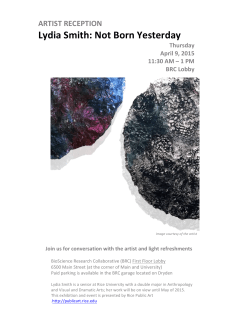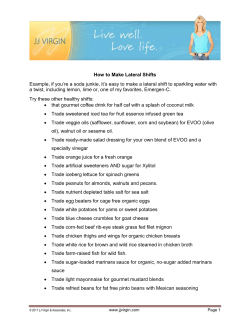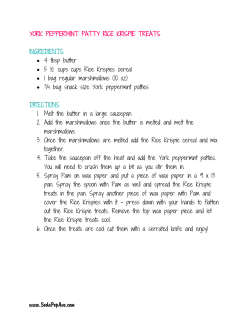
APIP 57
Unit 6 ACTVIry 57 The Gains from International Trade Use the data on the -Radios and Rice graphs to illustmte the potential gains from trade using the theory of comparative advantage. Indonesia today has the labor force, capital, natural resources, and technology to produce at most 50,000 radios or at most 100,000 pounds of rice or some combination in between. Japan, by contrast, can product at most 400,000 radios o/ 100,000 pounds of rice or some combination in between. 1. Draw a production possibilities curve (PPC) for each country. fapan-Radios and Rice lndonesla-Radios and Rice Radios Radios (000's) Ath (000's) 300 3m 2N 2N 400 't 100 s0 lm Rice (OO0's) ]50 2@ 00 50 '100 150 2N Rice (000's) Adapted from a homework problem developed byJolathan Wi8ht, Unive$ity ol Richmond, Richmond, VA. 235 Unit 6 ACTIVITY 57 continued 2. Calcutate opportunity costs of production in the table Indonesia anil lapan-Radios anil Rice. lndonesia and fapan-Radios and Rlce Opportunity cost to produce more ice One pound of One more radio Japan lndonesia 3. Which nation has an absolute advantage in rice production? 4. Which nation has an absolute advantage in radio production? 5. Which nation has a comparative advantage in dce production? 6. Vvhich nation has a comparative advantage in radio production? 7. Suppose 8. 236 that trade takes place between the two countries and that the intemational price of one pound of rice now equals two radios. What is the implied barter barter orice of radios? Assuming that each country specializes completely ln the product for which it has a comparative advantage, show with a dotted iine on your Radios and Rice graphs the new consumption possibilities curve (CPC) for each country (with numbers on the axes). This is cailed a consumption possibitities curve because consumption at these levels can take place only after trade. How do you know consumem are better off in each country?
© Copyright 2025





















